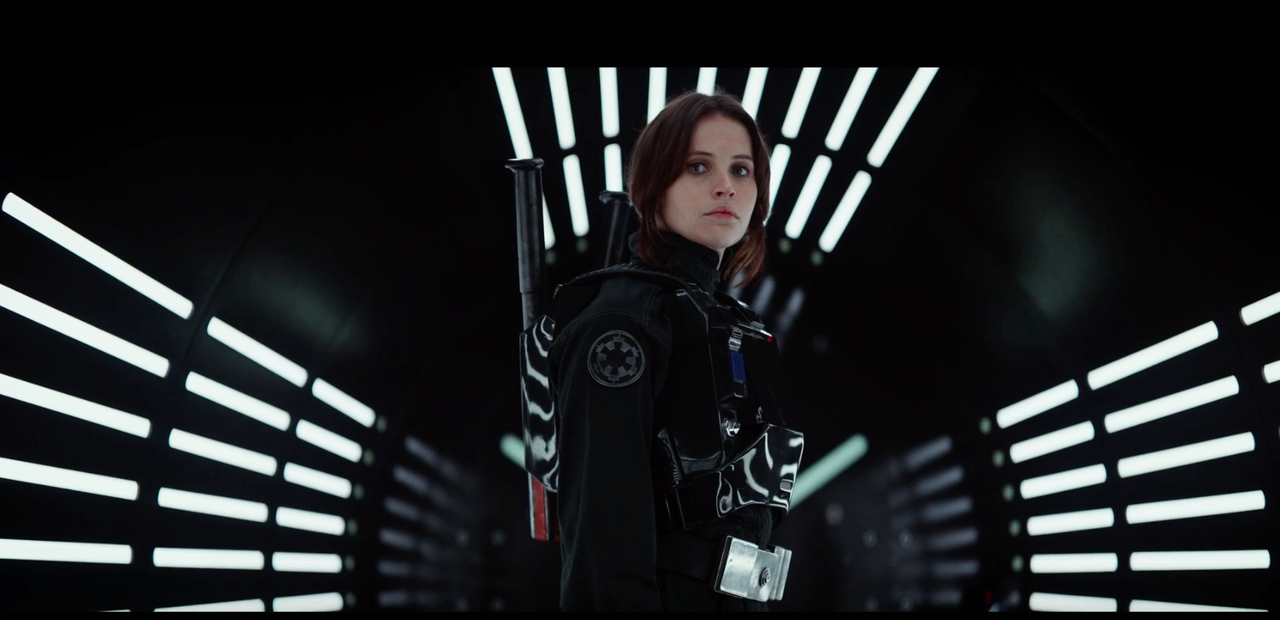The Hunger Games: Mockingjay, Part 2 can at times be as tedious as its title. The movie suffers from what can be described as Lord of the Rings Trilogy Ending Syndrome. After the dramatic climax is over, there are at least three separate dénouements, any of which could have served as a single ending on its own. Because the final book in the trilogy that this film franchise is based on was already split into two movies, the endless concluding is even more taxing than it might have been. It’s obvious money was the primary motivating factor. That’s a shocking revelation about Hollywood, I know. At the same time, Mockingjay, Part 2 is an effective action thriller that keeps things moving for most of its two hours and seventeen minutes.
The film picks up just moments after the events of Part 1, when Katniss Everdeen (Jennifer Lawrence) is attacked by fellow Hunger Games survivor Peeta Mellark (Josh Hutcherson), who was just rescued from the clutches of the nefarious President Snow. The rebels discover that Snow (Donald Sutherland) used a combination of torture and brainwashing to program Peeta, making him believe that Katniss is evil and must be destroyed. While being held in the capital, Peeta was used as a weapon against the burgeoning rebellion by appearing in propaganda meant to convince the citizens of Panem that their totalitarian society must be upheld. Now Peeta is literally a weapon, sent to kill Katniss.
Just like Part 1, this movie deals with a couple important themes in interesting and thought-provoking ways. The use and purpose of propaganda, on both sides of a conflict, and the devastating effect of a constant state of war on those who have to live with it continue to be explored. The rebels, headed by President Alma Coin (Julianne Moore), think they can deprogram Peeta. Naturally, Coin wants to use Peeta for her own propaganda purposes. When Katniss decides to head to the capital against orders, Coin sends Peeta to join her so video footage can show he has switched sides, giving a morale boost to her soldiers.
But can Peeta be trusted not to hurt Katniss? Ultimately a politician, Coin’s motives are questioned by those close to Katniss, since the Mockingjay could be seen as a threat to Coin’s power in the event of the rebels’ victory. It’s this kind of Machiavellian intrigue that makes Mockingjay, Part 2 thematically rich. Instead of an unquestionably virtuous leader, President Coin is a figure who might or might not be as duplicitous as the despot President Snow. This dynamic kept me guessing right up until the tense climax, when Katniss herself is forced to decide what’s best for the people of Panem.
Katniss is our true hero, so it’s her decision to make.
Read more...




















